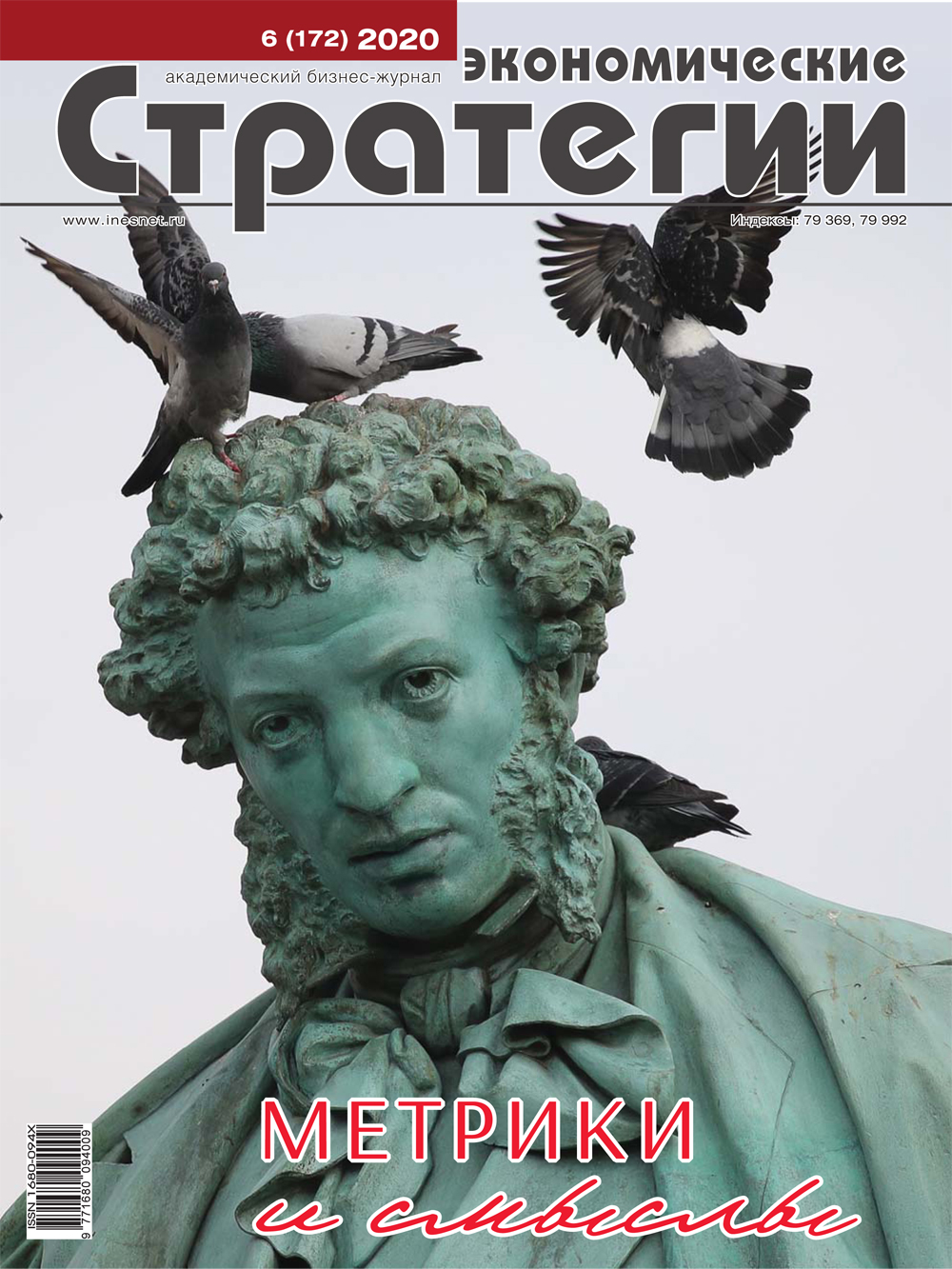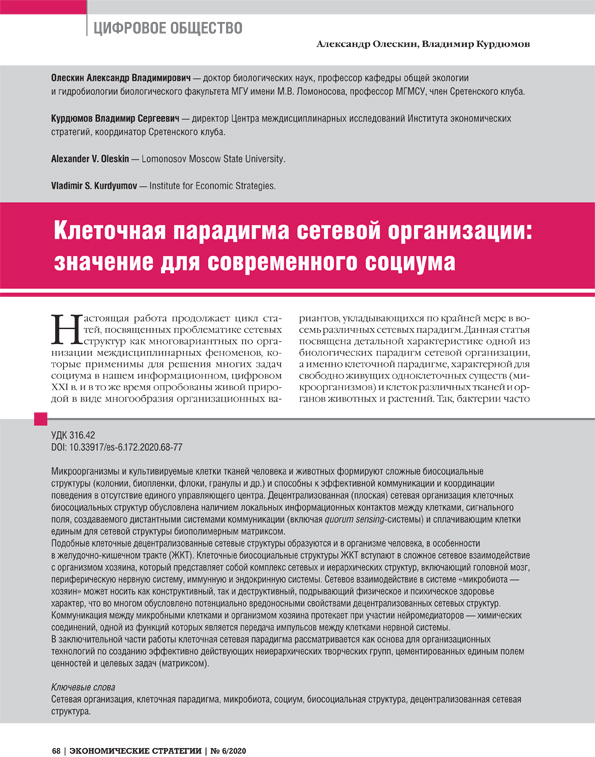Import Substitution of the Culture of Measurements
DOI: 10.33917/es-4.190.2023.78-85
World turbulence has accelerated trends towards cultural changes that emerged at the end of the last century. Today transformation of traditional management forms, corresponding to changing cultural models, is adequate neither to the essence nor the pace of the new reality formation. It’s high time to start thinking about inevitability of losing the comfort of managing an enterprise as a profit-making machine. The well-known postulate “what cannot be measured cannot be controlled” raises a new question: what and how to measure? Possible way out could be the return to corporations of diversity and complexity on the basis of the theory of fractal sets, and allocation of natural processes outside the Euclid and Newton metrics could become the foundation of a self-organization.
References:
1. Deming E. Vykhod iz krizisa. Novaya paradigma upravleniya lyud’mi, sistemami i protsessami [Way out of the Crisis. New Paradigm for Managing People, Systems and Processes]. 5-e izd. Moscow, Al’pina Pablisher, 2018.
2. Anan’in V.I. Osobennosti natsional’nogo upravleniya [Peculiarities of National Governance]. Elektronnyi zhurnal “Upravlyaem predpriyatiem”, 2014, no 10(45), available at: https://upr.ru/article/osobennosti-nacional-nogo-upravleniya-chast-1-rossijskaya-dejstvitel-nost-i-zapadnye-praktikiupravl/
3. Bashnin A.V. Informatsionnaya podderzhka situativnogo upravleniya pri obespechenii nepreryvnosti biznesa [Information Support for Situational Management while Ensuring Business Continuity]. Information Management, 2013 (fevral’).
4. Nait F.Kh. Risk, neopredelennost’ i pribyl’ [Risk, Uncertainty and Profit]. Per. s angl. M.Ya. Kazhdana. Moscow, Delo, 2003, 359 p. (Sovremennaya institutsional’no-ekonomicheskaya teoriya).
5. Taleb N. Antikhrupkost’. Kak izvlech’ vygodu iz khaosa [Antifragility. How to Capitalize on Chaos]. Moscow, KoLibri, Azbuka-Attikus, 2014.
6. Varneke Kh.-Yu. Revolyutsiya v predprinimatel’skoi kul’ture [Revolution in Entrepreneurial Culture]. Moscow, Nauka/Interperiodika, 1999.
7. Kwangyeol R., Mooyoung J. Fractal Approach to Managing Intelligent Enterprises. In: Creating Knowledge Based Organizations (Eds. J. N. D. Gupta, S.K. Sharma). Idea Group, pp. 312–348.
8. Malik P. An Introduction to Fractal Dynamics. Journal of Human Values, 2004, vol. 10, pp. 99–109.
9. Montreuil B., Venkatadri U., Rardin R.L. Fractal Layout Organization for Jop Shop Environment. International Journal of Production Research, 1999, vol. 37, N 3, pp. 501–521.
10. Shoham S., Hasgall A. Knowledge Workers as Fractals in a Complex Adaptive Organization. Knowledge and Process Management, 2005, vol. 12, N 3, pp. 225–236.
11. Mandel’brot B. Fraktal’naya geometriya prirody [Fractal Geometry of Nature]. Moscow, Institut komp’yuternykh issledovanii, 2002.





